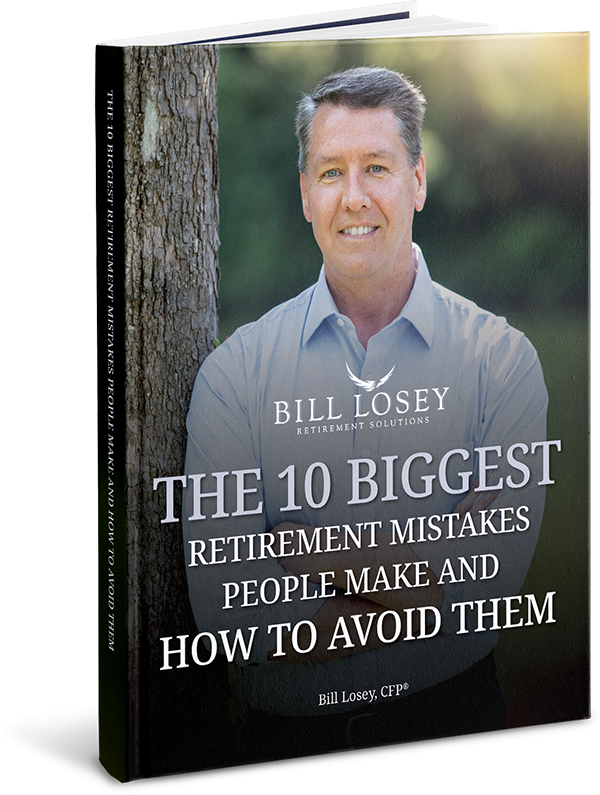March in Review
Would you believe the Dow Jones Industrial Average managed to eke out a gain in March? It rose 0.76% on the month, even as a plethora of troubling headlines rocked the world and Wall Street. At home, the unemployment rate was descending and consumers increased their spending (though mainly in response to higher energy and food costs), and the service and manufacturing sectors kept growing. The newest real estate reports showed home sales and home prices headed south. Oil went above $100 a barrel, gold prices increased and silver prices matched 30-year peaks.
DOMESTIC ECONOMIC HEALTH
The unemployment rate fell to 8.8% in March – a full percentage point below where it had been in November. The jobless rate hadn’t been so low since April 2009. According to the Commerce Department, personal spending rose 0.7% for February – but there was an asterisk. Prices rose 0.4% last month as measured by the PCE index, so the inflation-adjusted gain in consumer spending was 0.3%. Speaking of inflation, it was definitely back: the Labor Department let us know that the Consumer Price Index rose 0.5% in February while the Producer Price Index climbed 1.6%. If it was any comfort, both core PPI and core CPI were up just 0.2% for February.
With gas prices so high and headlines so gloomy, it is not surprising that the University of Michigan’s final March consumer sentiment survey came in at 67.5, the poorest reading since November 2009; the Conference Board’s consumer confidence index fell to 63.4 in March from 72.0 in February.
The Census Bureau said retail sales increased by 1.0% in February – and sales were up 8.9% year-over-year. On the downside, durable goods orders unexpectedly fell by 0.9% in February (0.6% minus transportation orders).
The closely watched Institute for Supply Management manufacturing index showed a bit of moderation in the growth of the sector, registering a 0.2% decline in March to 61.2. Still, the index has shown the sector expanding for 20 months. March ended with the February edition of ISM’s service sector index at 59.7 (and showing 15 straight months of growth).
GLOBAL ECONOMIC HEALTH
The unprecedented combination of tragedies in Japan, the unsettled political tension in Libya, Yemen and other Middle Eastern nations – what impact would this have on electronics supplies, auto supplies and oil supplies? The uncertainty left investors worldwide uneasy.
Japan’s economy minister Kaoru Yosano felt that the disasters affecting his nation would reduce Japan’s 2011 GDP by 2-3%. As Japan now accounts for 9% of global growth rather than the 20% of world GDP that it did in 1995, some economists stateside felt the reduction in global GDP would amount to circa 0.3%, perhaps just 0.1% for America.
Wall Street was also watching how other Asian nations reacted to the region’s new price and supply chain pressures. Inflation was a concern: South Korea’s annualized inflation rate hit 4.7% in March (the highest reading in 29 months) and annualized inflation in China reached 4.9%. China’s central bank has raised interest rates three times in the last five months; India, Taiwan and the Philippines also raised benchmark interest rates after the earthquake in Japan.
In Europe, Portugal was the latest nation pushed to the brink of bailout by debt: it joined Greece and Ireland in receiving credit downgrades from leading agencies, with years of austerity ahead for all three nations. (Eurozone economists hoped Spain wouldn’t join the list.) Ireland decided to pump €24 billion into its banking system last month, even after its 2010 EU/IMF bailout. Some analysts feel that it could take as long as a generation for Ireland, Greece and Portugal to resolve their debt crises.
WORLD MARKETS
Markets in Asia generally fared better than their European counterparts last month. For example, Hong Kong’s Hang Seng and China’s Shanghai Composite both advanced 0.8% – and India’s Sensex soared 9.1%. In Japan, the Nikkei 225 fell 8.2% (and considering the events of March, that retreat certainly could have been worse). In England, the FTSE slipped 1.4% for the month, but that was mild compared to the 3.0% dip for the CAC 40, the 3.2% loss for the DAX and the 3.7% decline for the Dow Jones STOXX 600. Other indices barely moved during a volatile month: Canada’s TSX Composite retreated 0.1%, while Australia’s All Ordinaries advanced 0.1%.
How about the MSCI World and MSCI Emerging Markets indices? In U.S. dollar terms, the Emerging Markets index (+5.70%) outperformed the World (-1.24%) last month. For the quarter, things were different: the World (+4.29%) notably outperformed the Emerging Markets (+1.69%).
COMMODITIES MARKETS
Gold prices rose 2.1% in March, which helped the precious metal go +1.3% for 1Q 2011. On March 31, gold settled at $1,438.90 per ounce on the COMEX. As the month wrapped up, the 1Q performance of key precious metals was all over the map: +22.5% for silver (which hit peaks unseen since 1980), +0.3% for platinum, -4.4% for palladium. March was a banner month for oil, of course: NYMEX crude advanced 10.1% for the month to $106.72 per barrel at the close on March 31. Oil hasn’t has such a hot month since September, and the March advance brought the commodity’s 1Q gain to 16.79%. The U.S. Dollar Index fell 1.13% in March.
REAL ESTATE
There was no hiding it – even if you chalk part of it up to exceptionally rough weather or the considerable margin of error these numbers sometimes have, the latest home sales figures were exceptionally poor. The National Association of Realtors said that existing home sales fell by 9.6% for February, and were down 2.8% from a year before. The Census Bureau stated that new home purchases dropped by 16.9% in February to a point 28.0% (yes, 28.0%) below year-ago levels. The pace of housing starts slumped to 479,000 in February (a 22.5% monthly dive and close to the record low measured by the Commerce Department in April 2009); building permits touched a historic low in February.
Prices slipped in the overall 20-city S&P/Case-Shiller home price index for the sixth consecutive month – they fell 1.0% in January, and were only 1.1% above the trough recorded in April 2009 (perilously close to a double dip).
Some good news could be found. Pending home sales managed to rise in February by 2.1%. The average interest rate for a 30-year home loan was still under 5% at the end of March: 4.86%, to be exact. (It had moved 0.01% south since the March 3 survey.) Average interest rates on 15-year FRMs, 5-year ARMs 1-year ARMs at the end of March were respectively 4.09%, 3.70% and 3.26%.
LOOKING BACK…LOOKING FORWARD
The U.S. stock indexes managed to retain much of their 1Q gains during the turbulence of the second half of March. While some Wall Street analysts figured stocks were ripe for a pullback, the Dow, S&P and NASDAQ have set a terrific pace so far in 2011. In fact, in percentage terms, the S&P had its best opening quarter of a year since 1998 (+5.4%) while the Dow rose 6.4% for the 1Q, its best opening quarter of a year since 1994.



